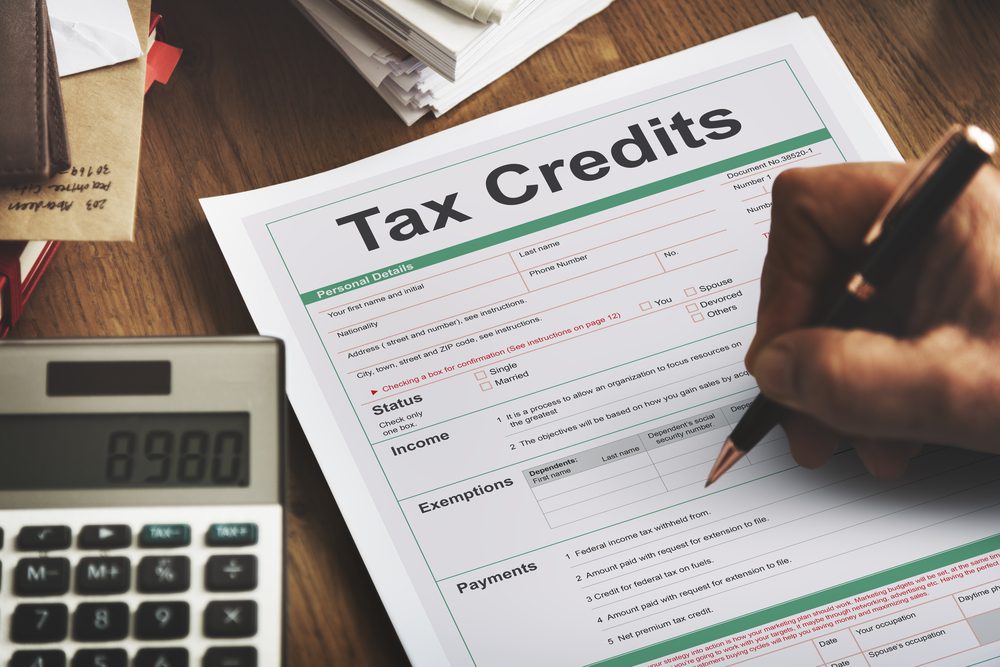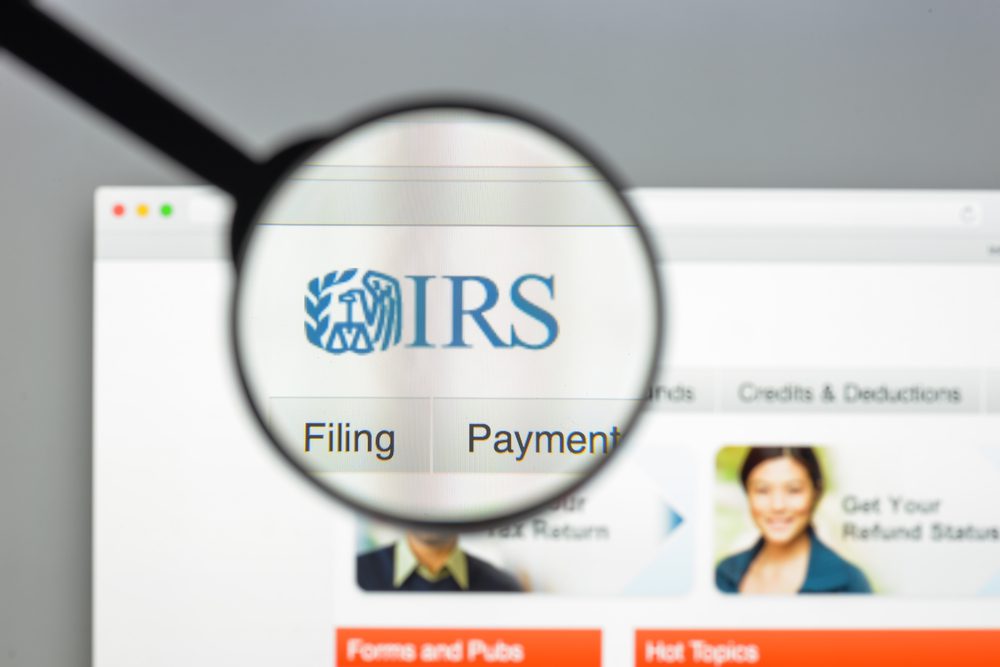
Putting It All Together: Managing Your Tax Bill
Understanding these deductions is the first step. The next is to take action to ensure you are not paying more tax than necessary throughout the year. In retirement, you are in charge of your own “payroll department.”
Withholding and Estimated Taxes
If you find that you consistently owe a large amount of tax when you file your return, you may need to adjust your withholding or start making estimated tax payments.
Social Security Withholding: You can ask the Social Security Administration to withhold federal taxes from your monthly benefit payments. You do this by filling out Form W-4V, Voluntary Withholding Request, and sending it to the SSA. You can choose to have 7%, 10%, 12%, or 22% of your benefit withheld.
Pension and Annuity Withholding: Similarly, you can control the tax withheld from pension or annuity payments using Form W-4P, Withholding Certificate for Pension or Annuity Payments. You give this form to the payer of your pension or annuity.
Estimated Taxes: If you have significant income from sources that do not offer withholding, like RMDs, investments, or self-employment, you may need to pay estimated taxes. This involves sending quarterly payments to the IRS using Form 1040-ES, Estimated Tax for Individuals. This prevents you from being hit with an underpayment penalty at the end of the year.
Audit-Proof Habits
Good record-keeping is the best way to support your deductions and have peace of mind. Get into the habit of:
Keeping a Medical Folder: Store all medical receipts, insurance premium statements, and a mileage log in one place.
Documenting Donations: For any cash or property donation, get a receipt from the charity. For QCDs, keep both the acknowledgment from the charity and your Form 1099-R.
Saving Year-End Statements: Keep the final brokerage statements and tax forms (like the SSA-1099, 1099-R, 1099-DIV, and 1099-INT) that you receive in January and February. They contain all the numbers you will need.










Would like a paper for tax in 2024 and 2025 on the amount I will have to pay.